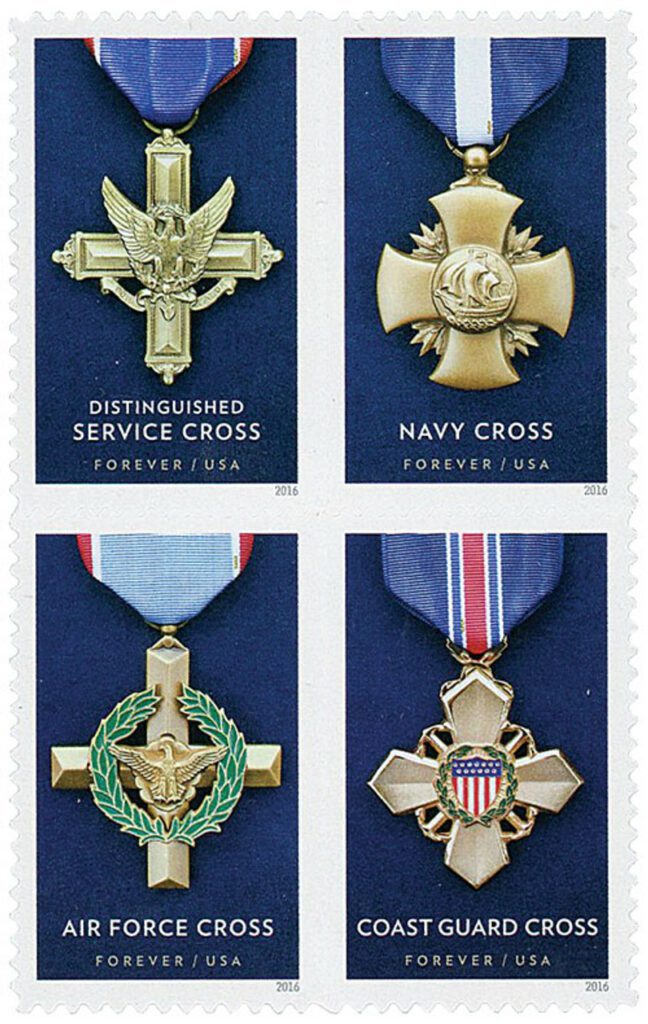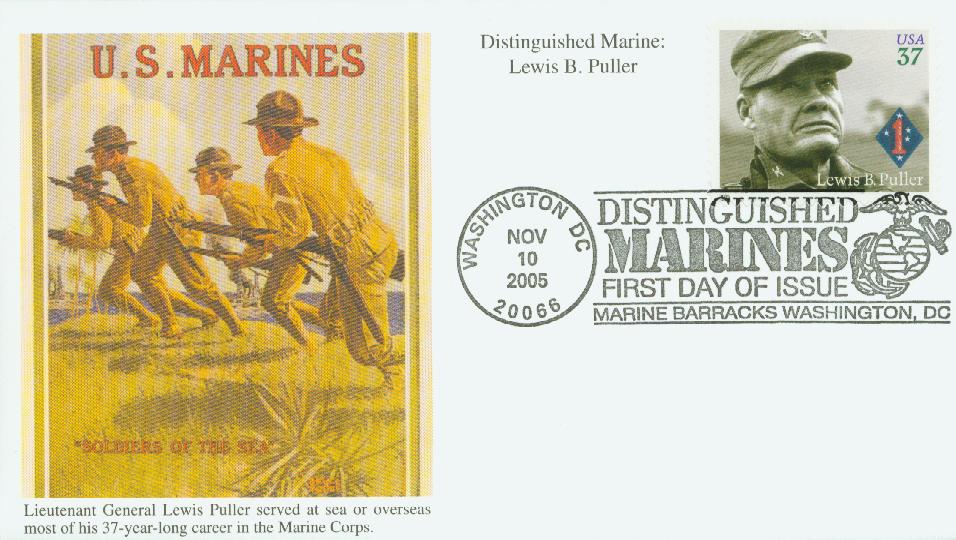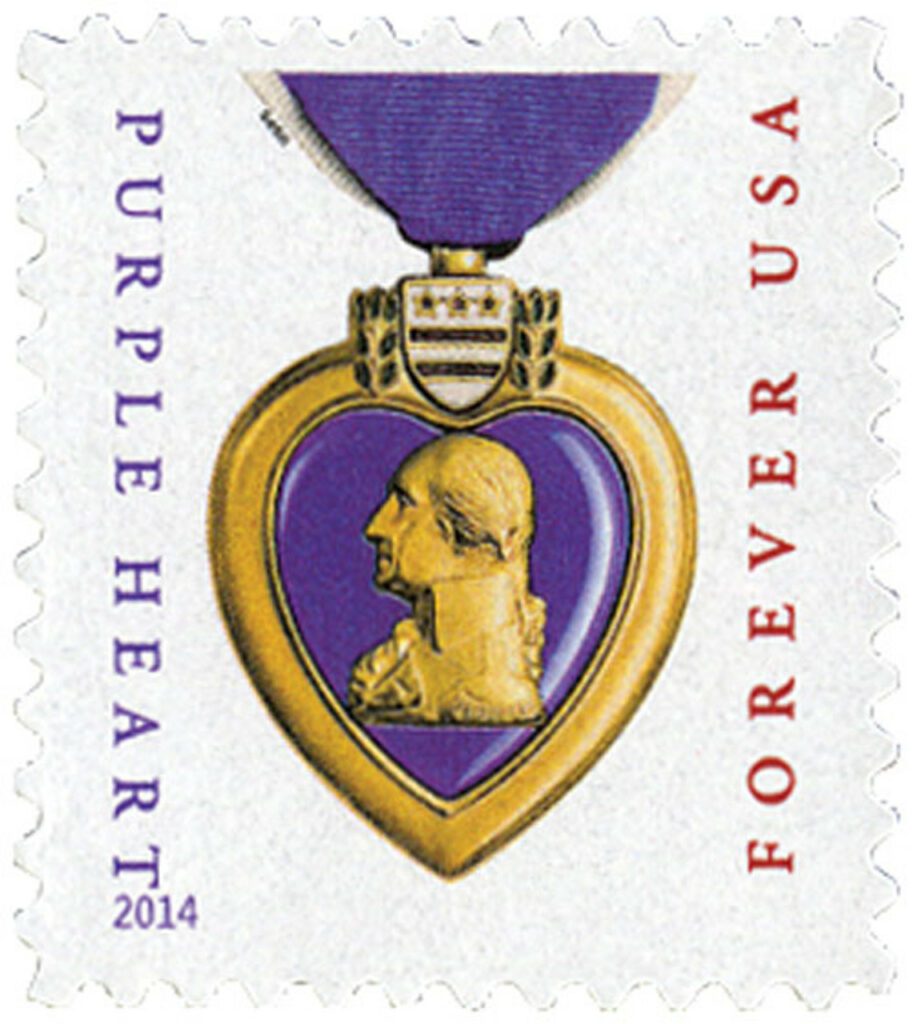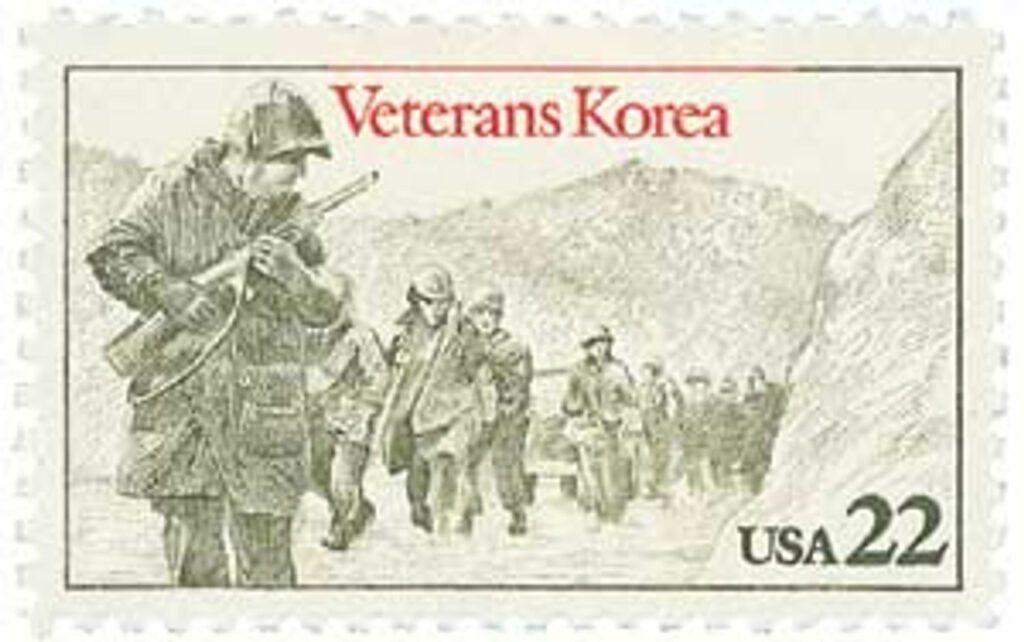Lewis Burwell “Chesty” Puller was born on June 26, 1898, in West Point, Virginia.
As a child, Puller enjoyed listening to the tales of Civil War veterans and particularly idolized “Stonewall” Jackson. He had hoped to join in the Border War with Mexico in 1916, but he was too young and his mother wouldn’t consent to let him go.
Puller then went to the Virginia Military Institute in 1917, but left the following year to join in World War I. Hearing tales of the 5th Marines at Belleau Wood, he decided to join the Marines and “go where the guns are.” Puller never saw action in the war, but went on to attend the non-commissioned officer school and Officer Candidates School.
As American forces were reduced following the war, Puller was put on inactive status. He later received orders to go to Haiti as part of the Banana Wars. The Banana Wars were a series of US military invasions and occupations in the Caribbean, Central America, and northern South America conducted to protect US business interests. In Haiti, Puller took part in more than 40 fights over five years. Then in 1928, Puller was sent to Nicaragua for a similar mission. While there, he received two Navy Crosses. The first was for leading “five successive engagements against superior numbers of armed bandit forces.” The second was for leading Nicaraguan National Guardsmen in the final battle of the rebellion. After that conflict, Puller went to China twice to command Chinese and American Marines.

Just before World War II, Puller was placed in command of the 1st Battalion, 7th Marines. In 1942, they landed at Guadalcanal, where Puller earned his third Navy Cross. In one action alone, his Marines killed 1,400 hostile troops, held ground until reinforcements arrived, and suffered fewer than 70 casualties. He earned his fourth Navy Cross for action on Cape Gloucester, New Britain, in 1944. When the leaders of two battalions were wounded, he took over and moved through heavy fire to command their units.
Puller returned to the US in November 1944 and held a series of leadership positions. Then in 1950, as America entered the Korean War, he was called upon once again to lead Marines into battle. Puller was over 50 years old when he took part in the September 1950 Battle of Inchon as commander of the 1st Marine Regiment. Puller led his men fearlessly as the UN forces, made up mostly of Americans, advanced north following the retreating North Korean People’s Army.
By December, they were near the Chosin Reservoir when China’s People’s Volunteer Army poured over the China-North Korea border and surrounded the UN army. When Puller was updated about the dire situation he said, “We’ve been looking for the enemy for some time now. We’ve finally found him. We’re surrounded. That simplifies things.” His Marines managed to keep supply lines open and acted as rear guard during withdrawal. They destroyed seven of the enemy’s 22 divisions and inflicted heavy casualties on the rest. Puller was awarded his fifth Navy Cross for extraordinary heroism during the operation, the most of any Marine in US history.

After completing his tour of duty in Korea, Puller trained Marines in North Carolina. He suffered a stroke and retired in 1955. He died on October 11, 1971. Puller was and still remains a popular figure and esprit de corps in the Marines. During boot camp, it’s common for Marines to say “Good night, Chesty, wherever you are!” They may also exclaim, “Chesty Puller never quit!” or tell each other while doing push-ups “do one for Chesty!” There’s also “It was good for Chesty Puller and it’s good enough for me” as well as “Tell Chesty Puller I did my best.”
| FREE printable This Day in History album pages Download a PDF of today’s article. Get a binder or other supplies to create your This Day in History album. |
Discover what else happened on This Day in History.





You just don’t see any good Banana War movies around anymore.
A TRUE Hero, Rest in peace Chesty.
Chesty Puller was a true American and I feel honored to have known him. He was the father of my friend Martha and I can remember visiting in their home when a fellow Marine would stop by for a visit. General Puller always welcomed them with a beaming smile. He was proud of each and every one of his men and they and members of our community were proud to be in his presence. What a fantastic man!
Thank God for the US Marines and Chesty Puller.
You would have thought the War Department could have come up with a United States Marine Corps Cross after Chesty had earned his first two Navy Crosses, and then word of a third about to be awarded (not to mention #4 and #5 Navy Crosses). Talk about red-headed stepchildren…Sheesh! What’s next, the US Space Force handing out Air Force medals?
The word Marine means sea service. Marines have been part of world Navies
since their inception. In the US they come under the Department of the Navy.
I had an uncle who won the Navy Cross on Saipan in 1944. There is nothing
wrong with the present set up. People in the Navy and Corps, who know any
better, respect each other. We’ve worked together since the Revolutionary
War. By the way, I’m retired Navy and a member of the Fleet Reserve
Association. Members are from the SEA SERVICES. That means the Navy,
Marine Corps and Coast Guard.
Marine mythology overlook the fact that the Army Americal Division On Guadalcanal saved Chesty and his Marines from being wiped out and that the US Army’s Task Forth Faith sacrificed itself to allow the Marines At Chosen Reservoir to escape from North Korea when overwhelmed by 200,000 Chinese Communist Army forces. This does not in any way demeans the bravery, competence, character, or commitment of Chesty Puller, who was an extraordinary soldier and leader. One has to wonder why at least one of his heroic actions was not reviewed and upgraded to the Navy Medal of Honor?
I did not know this. Thanks.
(fmr Marine; my father fought at Tinian, Saipan and Iwo with USMC)
Now I can fully understand where he stands within the history books and with those that actually knew him or “of” him. Stamp has been well earned and deserved compared to poets, authors, flowers, mammals/birds and art work.
Never really aware of who this man was though, probably never in service at right time or places. Wait a second… served in Navy, retired Army 19.5yrs service. Enlisted 3 months before Cuban Missile Crisis (delayed entry, Jr. in HS). Was I ever in for surprise lmao.
Point being, glad I was made aware on “Day in History”. Don’t feel guilty about my ineptness what so ever!
Regards, Rich
Thank you Mystic Stamps for this article on Chesty Puller. Whenever my faith in this country starts to waver it is brought back by stories like this. Not only for one great man but for all service men and women who fought for this country , who lived and died for the USA and for the families who suffered their loss.